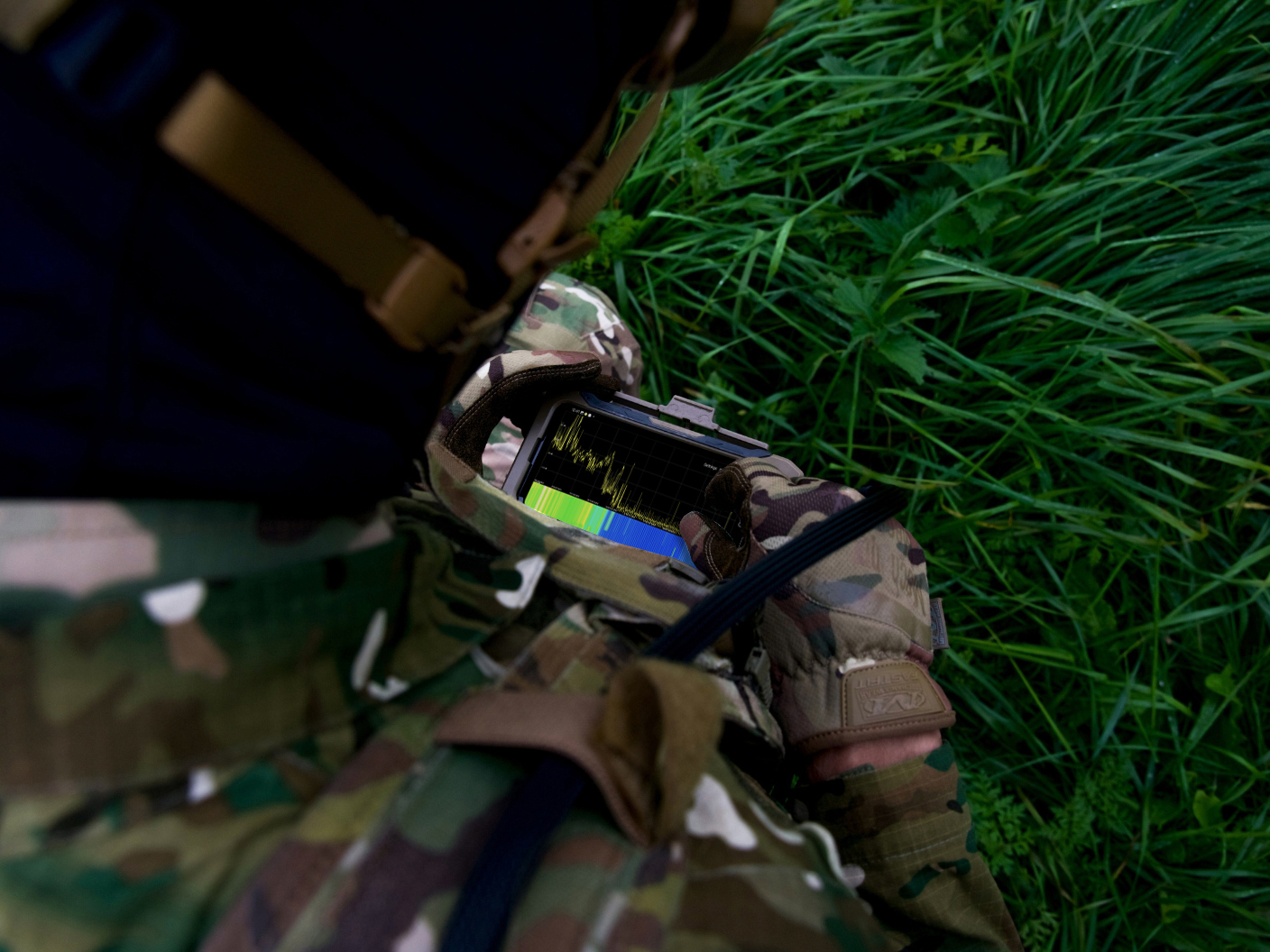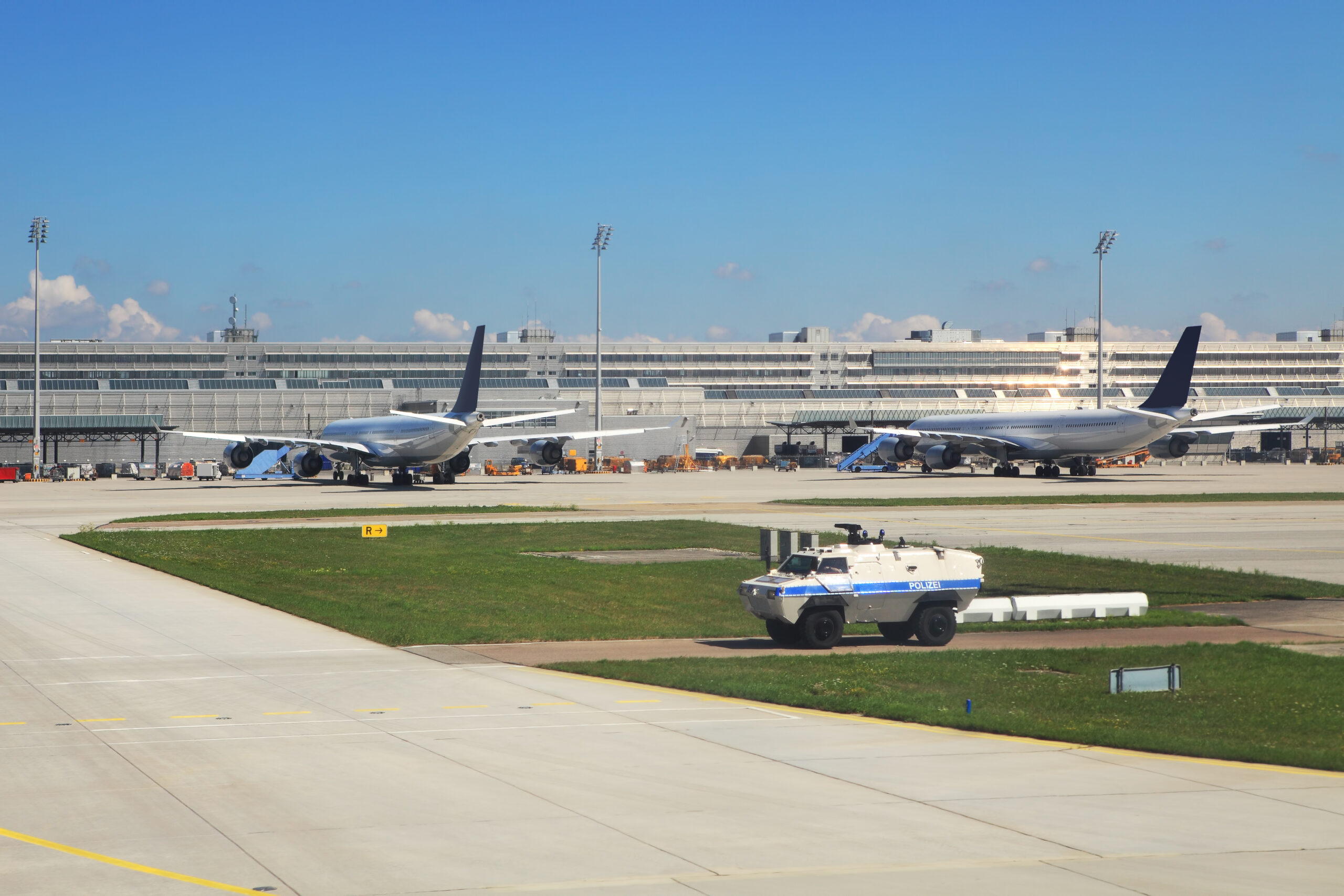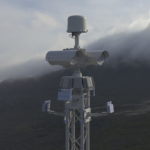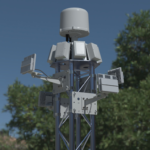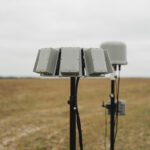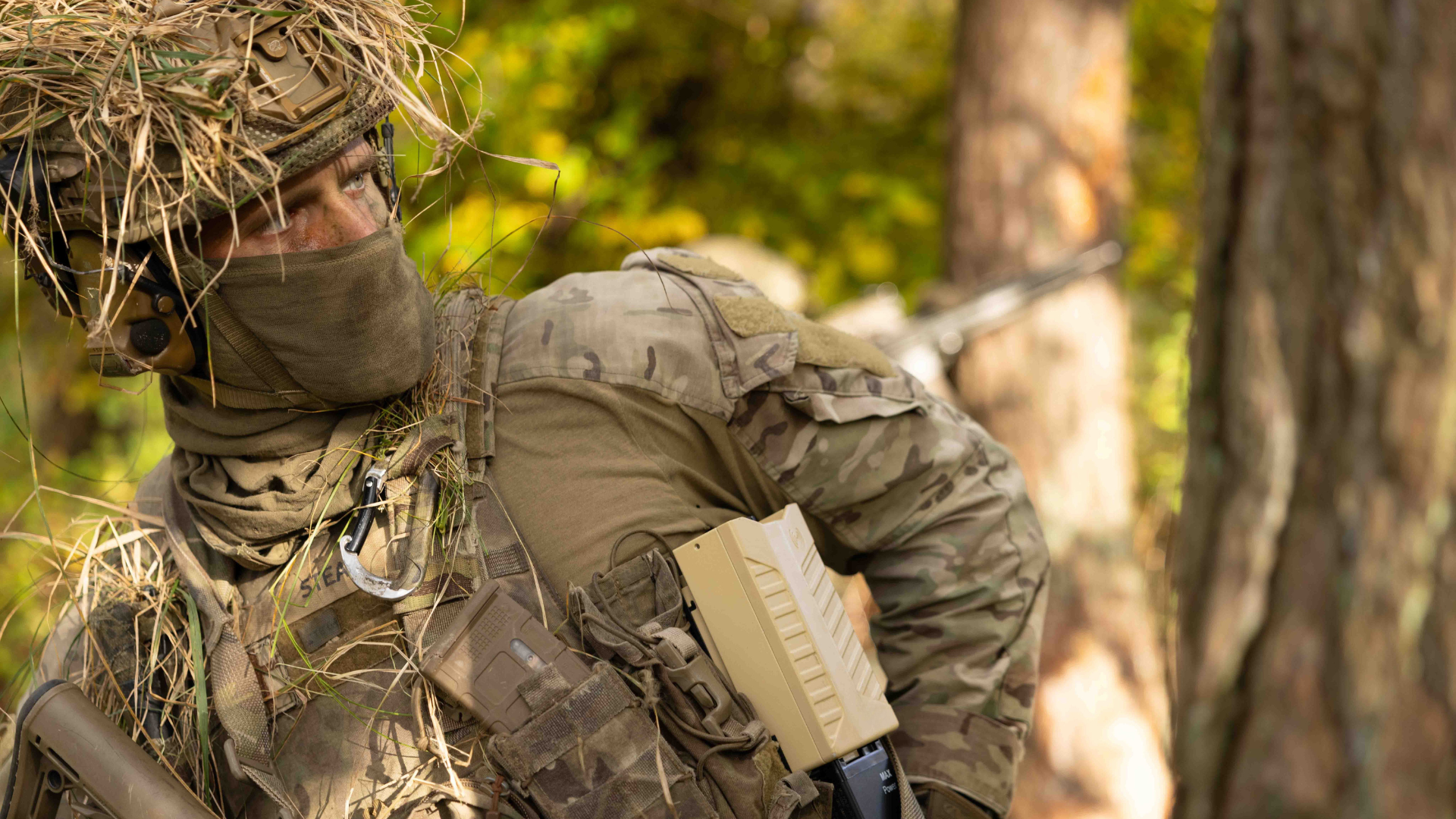Protecting Society’s Most Vital Assets
Across the world, critical infrastructure faces increasing risks from unauthorized drones – whether operated by activists, criminals, or hostile actors. Our perimeter counter-drone kits are purpose-built to detect, track, and neutralize drone threats before they compromise essential services. By delivering real-time situational awareness and reliable mitigation, they ensure uninterrupted operations and safeguard citizens who depend on these facilities every day.
RF Technology and Drone Detection
When it comes to drone detection, Radio Frequency (RF) technology offers advantages other systems can not match – especially in the early stages of a threat.
RF systems identify the drone model, detect where it is coming from, and pinpoint the pilot’s location. This gives security teams full situational awareness: drone type, intent, and operator position.
RF systems identifies drone types and detects signal behavior, helping security teams assess risk levels and respond with greater confidence – all in a passive, discreet, and scalable setup.
RF systems are also compact, quick to deploy, and more affordable than many alternatives, making them ideal as a scalable, first-layer solution.
The EU’s Drone Wall initiative highlights RF’s role in strengthening European airspace security. Used alone or as part of a multi-layered system with radar, optical, and acoustic sensors, RF helps close the gaps and increase response readiness.
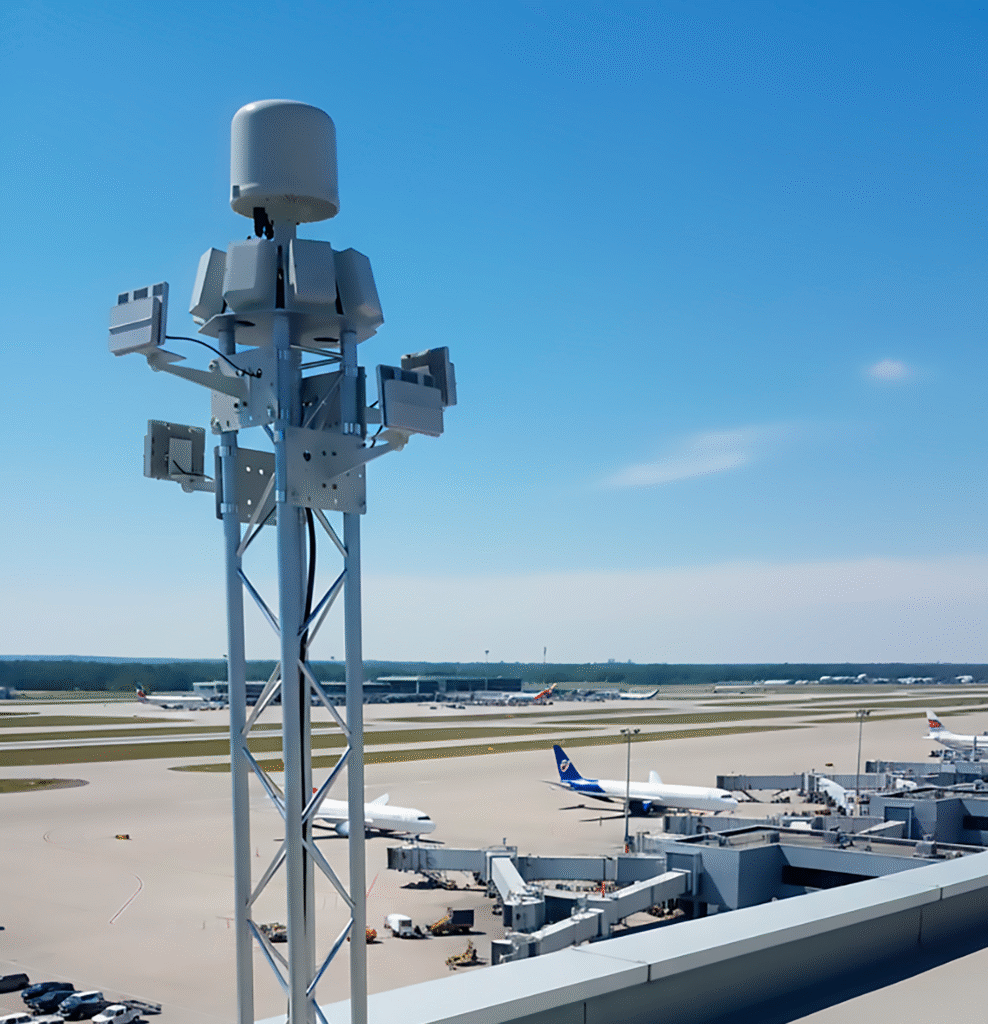
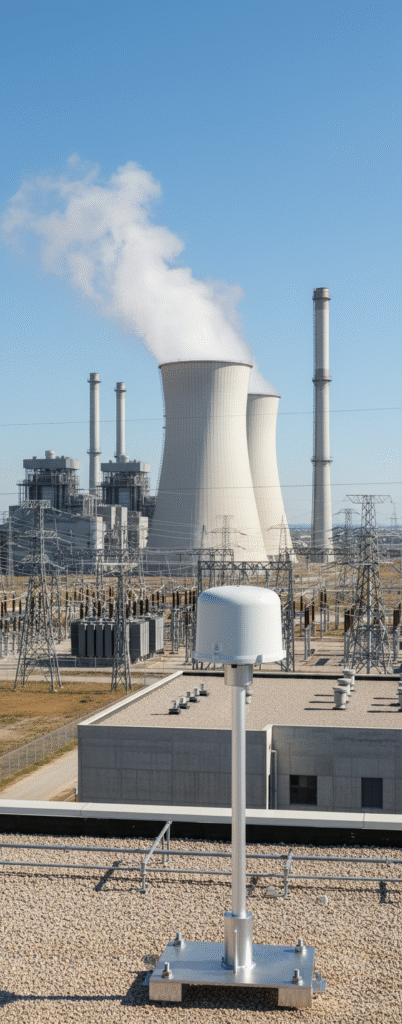
What’s Needed to Protect Critical Infrastructure from Drones
As drones become more accessible and capable, the risk they pose to critical infrastructure is growing faster than ever. From airports and energy facilities to prisons and border zones, protecting these sites requires more than just detection – it demands a strategic, layered approach. Here’s what’s needed to stay ahead of the threat:
1. Early Detection
For critical infrastructure, early and long-range drone detection is key – giving security teams the time advantage to respond quickly and keep operations safe.
2. Clear Identification
Not every drone is a threat. Systems must be able to identify and locate both the drone and its operator, so security teams know when and where to act.
3. Effective Response
Critical infrastructure sites need reliable tools to neutralize hostile drones quickly and safely, without affecting normal operations.
4. Layered Protection
Some drones try to hide. The answer is a multi-layered approach: combining different detection technologies to ensure no gap in protection.
5. Scalable Solutions
From airports and energy plants to correctional facilities and borders, each site is different. Protection must be flexible, scalable, and easy to adapt to evolving threats.
6. Integration with Security Teams
Counter-drone systems must connect easily with existing security operations, provide simple alerts, and log incidents for investigations.

Multi-Layered Site Kit
Some drones may operate without using RF signals or employ techniques to evade detection. To achieve a more comprehensive solution, multiple detection systems are necessary – this is what we refer to as a multi-layered system.
A Multi-Layered System combines various detection methods in one location to enhance coverage and reliability. These may include cameras, radars, acoustic sensors, and other technologies, layered together to address the limitations of any single method. This advanced system creates a powerful defense network capable of detecting and neutralizing drone threats at long ranges. Seamlessly integrating with our Situational Awareness System, you will have an intuitive map overlay that visually represents data and protected zones, ensuring precise GPS-based tracking of devices for enhanced situational control and adaptability.
Key Features:
- Real time alerts
- Identify and classify UAS threats
- Attended and/or un-attended mitigation of UAS theats


Stationary
Site Kit
A Stationary Site Kit provides robust airspace security protection for critical infrastructure, including airports, correctional facilities, and other high-security environments. Advanced solutions such as the Wolfpack 210 (360° RF detector), Watchdog 202 (RF detector) and Dobermann 101/121 (jammer) facilitate the precise identification of drones and their operators. It is very simple and easy to install. It can be installed on a building, a pole or a tripod using fast attachment points. Watchdog 202 and Dobermann 101/121 is powered by Power Over Ethernet (PoE) connecting to a network server and can be setup in minutes. Through early detection based on radio frequency, personnel can stay ahead of threats. It also offers forensic data collection capabilities, which empower authorities to pursue legal actions when necessary.
Key Features:
- Locate drones and drone operators
- Early detection based on radio frequency
- Capture and record forensic data for further legal actions


Portable
Site Kit
Our Portable Site Kit is battle-proven, allowing for real-time detection and mitigation of drone threats. It enables the precise locating of both drones and their operators, ensuring authorities and personnel can act quickly and proceed with relevant security measures. Solutions like our Wolfpack (360° RF detector) and the Dobermann 360 (360° RF jammer) provide a robust defense mechanism, offering a reliable kit in various operational environments. This portable kit is designed for mobility and can be easily mounted on a tripod, vessels, and similar platforms, enabling versatile deployment in dynamic environments.
Key Features:
- Locate drones and drone operators
- Suitable and easy to use for military operations
- Respond and mitigate to drone threats in real-time


Airports
Deploy advanced C-UAS systems to protect critical airspace and prevent drone-related threats, enhancing airport security by providing real-time detection and neutralization of rogue drones without disrupting air traffic flow.

Border Control
Utilize advanced counter-UAS systems to protect border control operations and mitigate drone threats, enabling real-time detection and neutralization of unauthorized drones while maintaining seamless border surveillance and traffic flow.

Corporate
Corporate entities face a growing threat of targeted attacks from LSS (Low, Slow, Small) drones being used to fly over commercial venues, such as airports, office complexes, shopping malls, and stadiums.

Corrections
Correctional facilities face increasing threats from LSS (Low, Slow, Small) drones, which can be used for unauthorized surveillance, smuggling contraband, and delivering payloads into secure areas. These drones present serious risks to the safety of personnel, inmates, and the integrity of prison operations.

Government
Governments are facing growing threats from LSS (Low, Slow, Small) drones used for espionage, monitoring VIPs, deploying electronic devices, disturbing public events, harassing law enforcement, ISR (Intelligence, Surveillance, and Reconnaissance), and targeting prisons, critical infrastructure, and borders.

Critical Infrastructure
Critical infrastructure requires strong protection against drone threats, and our solutions provide that by detecting, tracking, and managing both authorized and unauthorized drones in lower airspace. These advanced systems ensure comprehensive airspace awareness, enabling visibility of legitimate drone operations and supporting safe integration.

Law Enforcement
Law enforcement agencies face rising challenges from advanced drone threats, such as surveillance, smuggling, and restricted area breaches, jeopardizing safety and disrupting operations.

Military
Militaries face growing threats from drones used for surveillance, attacks, and payload delivery. Our advanced, lightweight, and scalable counter-UAS solutions are designed for rapid deployment, enhancing the security of
military personnel, bases, and operations.

Public Safety
Public safety agencies and event organizers are increasingly challenged by the threat of LSS (Low, Slow, Small) drones. These drones, often used for surveillance or carrying hazardous payloads, pose significant risks to public gatherings such as festivals, concerts, and sporting events.


